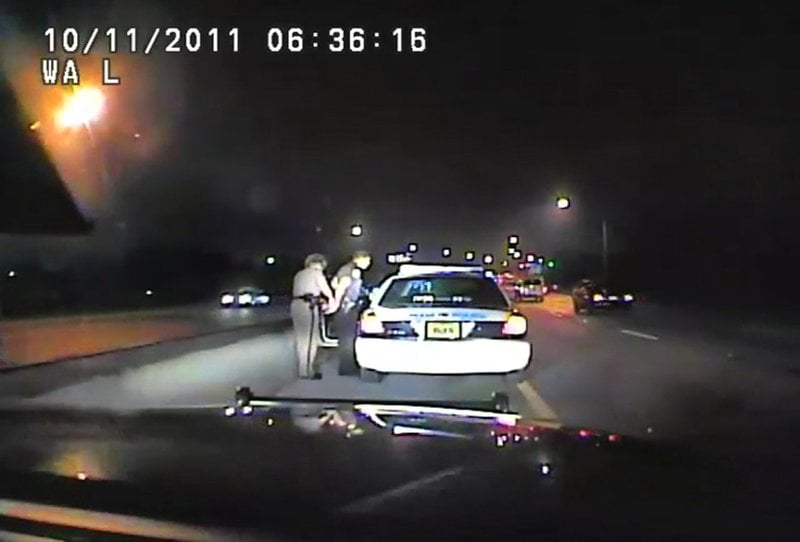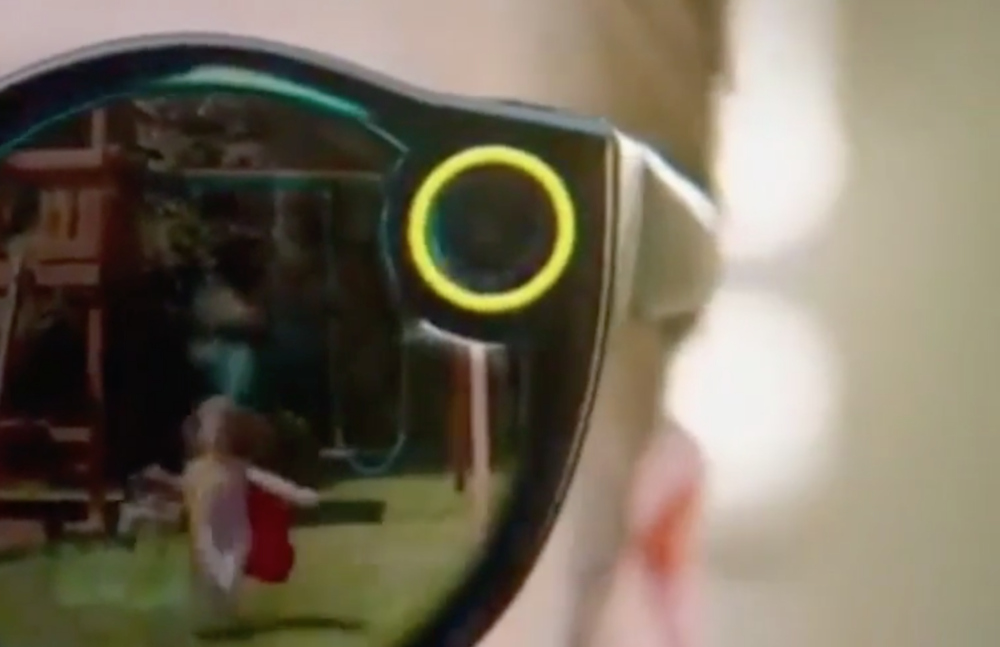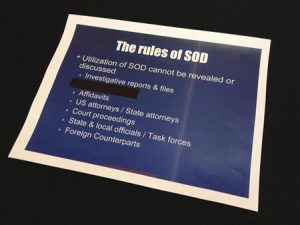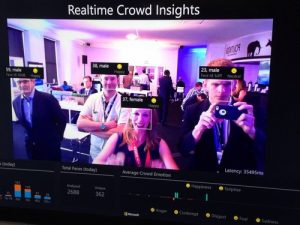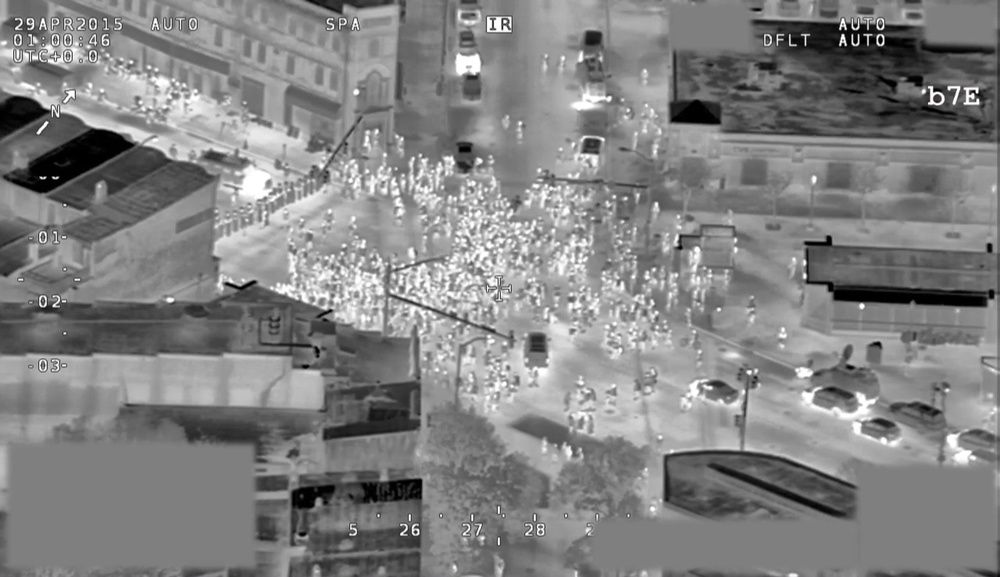Vint Cerf: Modern Media Are Made for Forgetting
“Vint Cerf, the living legend largely responsible for the development of the Internet protocol suite, has some concerns about history. In his current column for the Communications of the ACM, Cerf worries about the decreasing longevity of our media, and, thus, about our ability as a civilization to self-document—to have a historical record that one day far in the future might be remarked upon and learned from. Magnetic films do not quite have the staying power as clay tablets.
At stake, according to Cerf, is “the possibility that the centuries well before ours will be better known than ours will be unless we are persistent about preserving digital content. The earlier media seem to have a kind of timeless longevity while modern media from the 1800s forward seem to have shrinking lifetimes. Just as the monks and Muslims of the Middle Ages preserved content by copying into new media, won’t we need to do the same for our modern content?”
As media becomes more ephemeral across technological generations, the more it depends on the technological generation that comes next.”
Also, depends on the mindset of the generation that comes next too… What if we don’t even want to remember?

